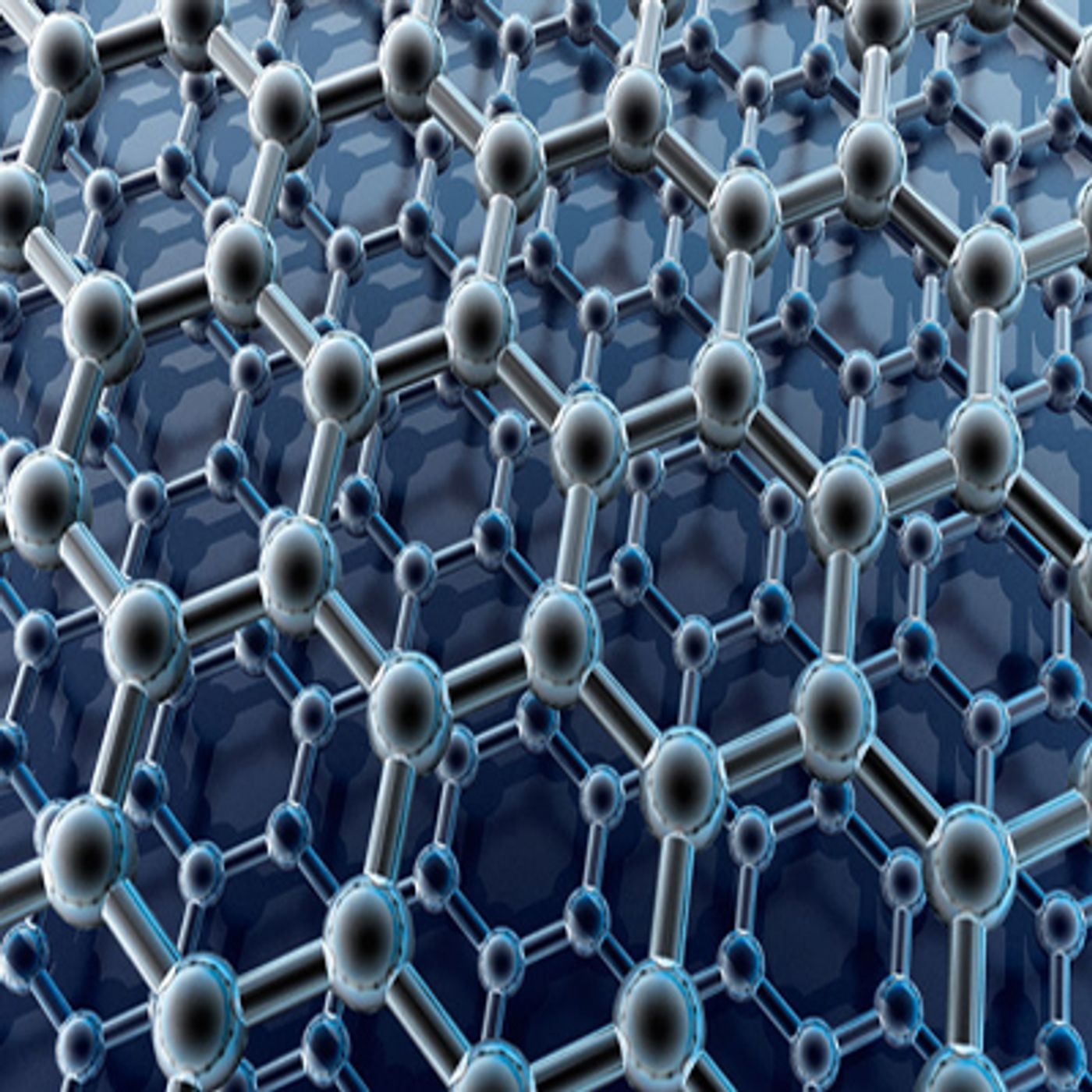One more cool addition to the application of graphene: superconductivity
Graphene is a two-dimensional artificially made allotrope of carbon with extraordinary properties. Graphene applications are already limitless with one more jewel of superconductivity to add, as per two newly independent published papers in Nature.
There are two types of superconductors; conventional which works within the boundary of the theory of superconductivity near absolute zero temperature, un-conventional one work at much higher temperature but still around 100K or so. Most top temperature record ever achieved for a superconductor in a highly pressurized hydrogen sulfide gas is -70°C. Physicists have a hard time describing a mechanism of superconductivity in the un-conventional high-temperature superconductor. Scientists are very interested in these un-conventional ones due to the possibility to make room temperature superconductor in the future because It is prohibitively expensive to maintain the ultra-low temperature in high-temperature superconductors. Application of this fictional room temperature superconductor can be revolutionary in power transmission, MRI in medical diagnosis, high-speed bullet trains and many others.
Two independent teams of physicists found that two layers of atom-thick graphene sheets behave like superconductor if they are at a critical angle of 1.1° to each other at a temperature around 1.7K above absolute zero. Even though it still requires ultra-low temperature, however, the data suggest that most likely mechanism of superconductivity is same as the un-conventional high-temperature superconductor in this angled aligned graphene.
Most studied high-temperature superconductors are oxides of copper, called cuprates which are complex that makes them difficult for studying high-temperature superconductivity in these materials. In contrast, angled graphene is a relatively simple to understand as it is a well-studied material. Carbon atoms in the graphene are arranged as a single layer in the hexagonal shape with stronger than steel strength and better conduction of electricity than copper. Physicists have shown superconductivity in graphene before but in conjunction with other materials which was explainable according to conventional theory of superconductivity.
The team at MIT who discovered superconductivity in angled graphene were not looking for it when they set up the experiment. They were merely studying the possibility of new interaction of electrons when graphene sheets aligned at different angles. Surprisingly, they found that angled graphene has become a Mott insulator---A type of material which should be a conductor, but it is not due to electron-electron interactions. However, when a small electric charge is applied at very low temperature, angled graphene started showing superconductivity behavior at ultra-low temperature. The team conducted experiments many times including independent collaborators who also confirmed the same results. Non-conventional high-temperature superconductors like cuprates also exhibit Mott insulator property in conjunction with superconductivity that is why team thinks that angled graphene is more like cuprates. However, not all that behaviors of cuprates are mimicked in angled graphene, so it is difficult to say with certainty that angeled graphene is indeed un-conventional superconductor.
High temperature superconductor; Courtsey: Stevebd1
This discovery may pave the road to understanding the high-temperature superconductors according to a Physicist from Madrid who was not part of the current work. Another physicist, Robert Laughlin, a Noble laureate physicist from Stanford University in California, also told: “We can expect a frenzy of experimental activity over the next few months to fill in the missing parts of the picture.”








